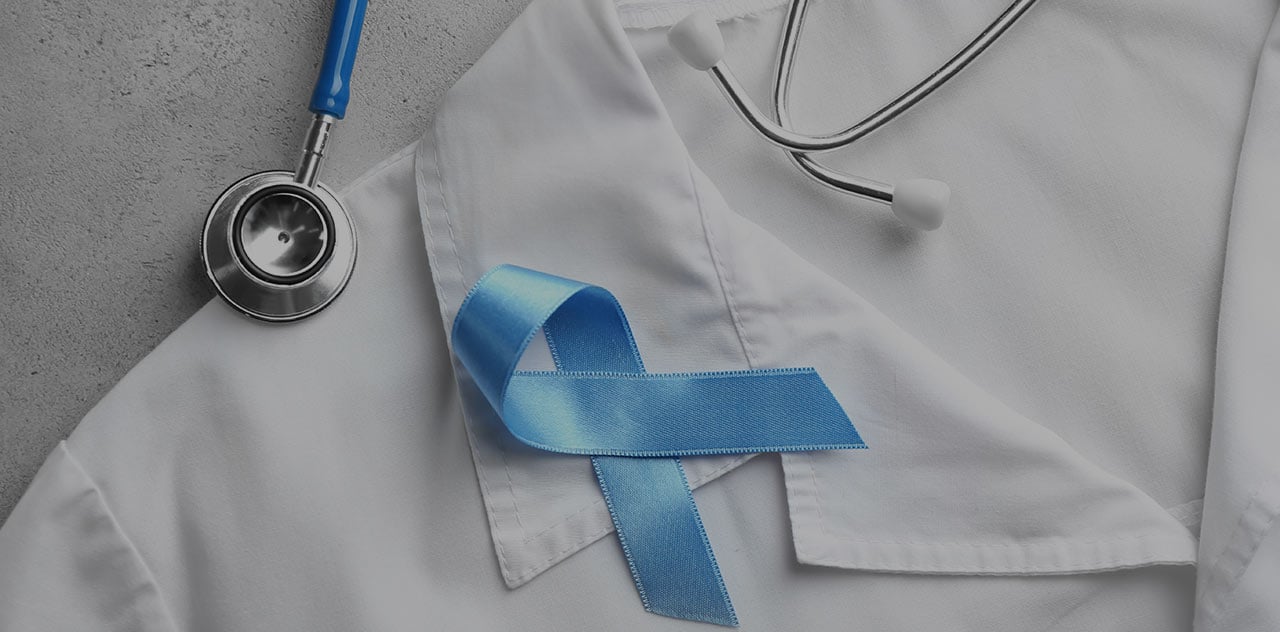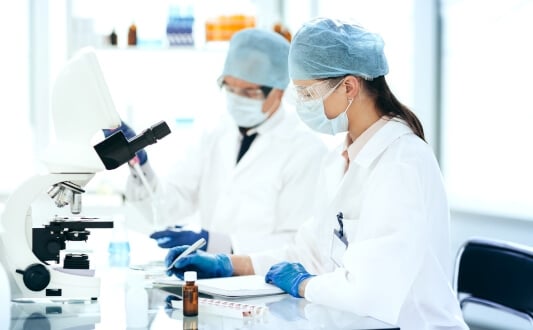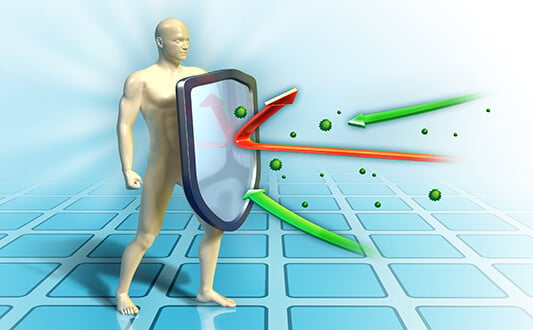Thanks to advances in modern medicine, prostate cancer is no longer a death sentence. Nowadays, modern medicine has many treatment methods for this disease, and one of the most effective and sparing treatment methods for prostate cancer therapy is brachytherapy.
Content
- The essence of the technique in prostate cancer
- Benefits of brachytherapy for prostate cancer patients
- Clinical indications for brachytherapy in prostate cancer
- Types of brachytherapy in prostate cancer treatment
- How is brachytherapy for prostate cancer carried out?
- Where can I undergo brachytherapy for prostate cancer?
- Prices for prostate cancer brachytherapy in different countries are as follows
- Selection of the hospital for brachytherapy in prostate cancer
- How to undergo brachytherapy for prostate cancer abroad?
The essence of the technique in prostate cancer
What is brachytherapy? It is a method of interstitial irradiation of the prostate gland. The treatment principle is based on the introduction of radioactive microcapsules into the prostate tissue. Microcapsules emit radiation that destroys cancer cells. Due to the small irradiation radius, healthy tissues near the prostate are not exposed to radiation.
The microcapsule for brachytherapy is a closed source of low activity radiation. The capsule is made of titanium and contains a radioactive substance inside, namely an isotope of iodine or iridium. It looks like a grain of rice. Microcapsules can be single or fixed to each other with an absorbable thread (like a necklace).
Benefits of brachytherapy for prostate cancer patients
Brachytherapy is effective but, at the same time, sparing treatment method for prostate cancer. Brachytherapy can be used as the main treatment or in combination with other methods (external beam radiation therapy, hormone therapy).
Brachytherapy in prostate cancer has the following advantages:
- High efficiency of the procedure. The brachytherapy results are the same as in surgery and external beam radiation.
- Reduced number of possible complications. Urinary incontinence, erectile dysfunction, and bowel problems are less common than after other treatment methods.
- Short rehabilitation after brachytherapy. It is a minimally invasive procedure, after which patients recover very quickly.
- Suitable for all patient groups. It can be used in the treatment of debilitated or elderly patients.
- Short hospitalization period. The entire procedure with the preparation will take no longer than 1-2 days.
Clinical indications for brachytherapy in prostate cancer
There is no universal treatment plan for prostate cancer. The doctor designs an individual treatment strategy for each patient, taking into account the characteristics of the tumor. Surgical treatment will be preferred for one patient and brachytherapy – for others.
The main indications for brachytherapy in prostate cancer are:
- Localized stage I-III prostate cancer
- Prostate volume up to 50 cm3
- No signs of severe bladder disturbances (infravesical obstruction), which is determined by uroflowmetry
- PSA levels in the blood are under 15-20 ng/mL
Brachytherapy is not performed in advanced prostate cancer with metastases.
Types of brachytherapy in prostate cancer treatment
Currently, leading foreign hospitals offer two methods of brachytherapy for prostate cancer. These are low dose-rate (LDR) and high dose-rate (HDR) brachytherapy.
Low dose-rate brachytherapy
The term "low-dose-rate brachytherapy" means that the organ is irradiated for a long time at low doses. Low-dose rate brachytherapy involves the use of microcapsules with Iodine-125. Doctors implant these radioactive grains into prostate tissue, where they remain from 40 to 120 microcapsules and are usually injected into the prostate.
The half-life of radioactive iodine is 60 days. It means that in 2 months, the radioactivity of grains will be reduced by 50%, and, in six months, the process of radioisotope decay will be almost completed. The implanted grains become safe and do not require extraction.
High dose-rate brachytherapy
Microcapsules with the Iridium-192 isotope are used in high-dose brachytherapy. This radioisotope ensures more powerful irradiation and therefore is used for aggressive prostate tumors.
In this type of brachytherapy, catheters are inserted into the prostate through which radioactive grains are placed. After short-term irradiation (10-20 minutes), the granules are extracted. The patient should repeat this procedure 2-3 times.
How is brachytherapy for prostate cancer carried out?
Brachytherapy requires thorough preparation and careful calculations because the final result will depend on them. The brachytherapy procedure consists of several stages:
- Pre-implantation preparation. At this stage, transrectal ultrasound of the prostate is carried out. The obtained image is processed with the help of a computer program. The doctor calculates the volume of the prostate and determines the required number of radioactive capsules, their location in the gland, and the total radiation dose.
- Implantation of capsules. The procedure is performed under anesthesia. An ultrasound probe is inserted into the rectum to visualize the prostate gland. Then, the doctor inserts cannulas through the skin of the perineum. The radioactive microcapsules are injected into the prostate through these needles. They remain there forever (LDR brachytherapy) or are extracted after a certain time (HDR brachytherapy).
The patient can leave the hospital the next day. During the first months after brachytherapy, it is necessary to follow the doctor's recommendations, particularly, it is necessary to avoid heavy lifting and active sports, to follow a diet.
After brachytherapy, patients have to undergo an examination at regular intervals that includes determination of the PSA blood level and prostate ultrasound. According to the examination results, the doctor will be able to assess the effectiveness of the procedure performed and control the course of the disease.
Where can I undergo brachytherapy for prostate cancer?
Currently, only a few hospitals in the CIS are engaged in prostate cancer brachytherapy. While in Europe and the USA, this treatment method has been used for a long time – since the 90s. During this time, foreign hospitals have gained extensive experience in prostate cancer brachytherapy.
You can undergo brachytherapy for prostate cancer in the following countries:
World-renowned oncologists from leading foreign hospitals perform brachytherapy. They have worked out the brachytherapy to perfection, and the possibility of complications is reduced practically to zero.
Prices for prostate cancer brachytherapy in different countries are as follows
| Average price | |
|---|---|
| Germany | 23,350 EUR |
| Turkey | 13,640 EUR |
| South Korea | 19,960 EUR |
Selection of the hospital for brachytherapy in prostate cancer
Leaders in the treatment of prostate cancer are the countries of Central and Western Europe, particularly – Germany. According to objective statistical data from the Robert Koch Institute (Berlin, Germany), the relative 5-year survival rate of patients with malignant prostate neoplasms in this country reaches 93%. At the initial stages of cancer, the rate is even higher – about 95%.
Brachytherapy for prostate cancer is performed in the Departments of Urology, whose specialists cooperate closely with radiologists and nuclear medicine physicians. Thanks to the interdisciplinary cooperation, brachytherapy in German clinics has the highest efficiency and a low percentage of complications.
The following German hospitals are the most authoritative in this medical field:
- HELIOS University Hospital Wuppertal. Department of Urology. The cost of brachytherapy for prostate cancer (implantation of radioactive gold SEEDs) starts from 19,560 EUR.
- Charite University Hospital Berlin. Department of Adult and Pediatric Urology. The cost of the procedure starts from 29,510 EUR.
- University Hospital of Ludwig Maximilian University of Munich. Department of Adult and Pediatric Urology. The cost of the procedure starts from 22,260 EUR.
As a rule, children and adults are treated in the same department at large university hospitals. It reconfirms the high qualification of operating urologists, oncologists, and radiologists, who take into account the peculiarities of interventions in patients of different age categories.
How to undergo brachytherapy for prostate cancer abroad?
Patients from all over the world can undergo treatment in leading foreign hospitals. However, the process of treatment organization abroad involves several difficulties. Namely, you need to select a suitable medical facility independently, submit an official request to it in a foreign language, wait for a long-awaited response, prepare the package of documents, etc. It is much easier to entrust the management of these issues to professionals.
The medical tourism operator Booking Health provides services for the organization of medical treatment abroad. We will select the most competent hospital for the patient and make an appointment for treatment as soon as possible. Booking Health offers the most favorable treatment costs due to avoiding overpricing for foreign patients. Cooperation with Booking Health will save your time and money.
Choose treatment abroad and you will for sure get the best results!
Authors:
This article was edited by medical experts, board-certified doctors Dr. Nadezhda Ivanisova, and Dr. Bohdan Mykhalniuk. For the treatment of the conditions referred to in the article, you must consult a doctor; the information in the article is not intended for self-medication!
Our editorial policy, which details our commitment to accuracy and transparency, is available here. Click this link to review our policies.
Sources:
Read:
Actinium-225 PSMA Therapy: Revolutionizing Treatment for Metastatic Prostate Cancer
Don't know where to start?
Contact Booking Health






